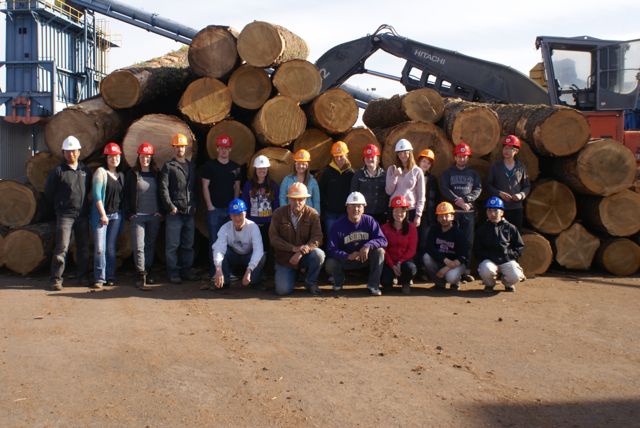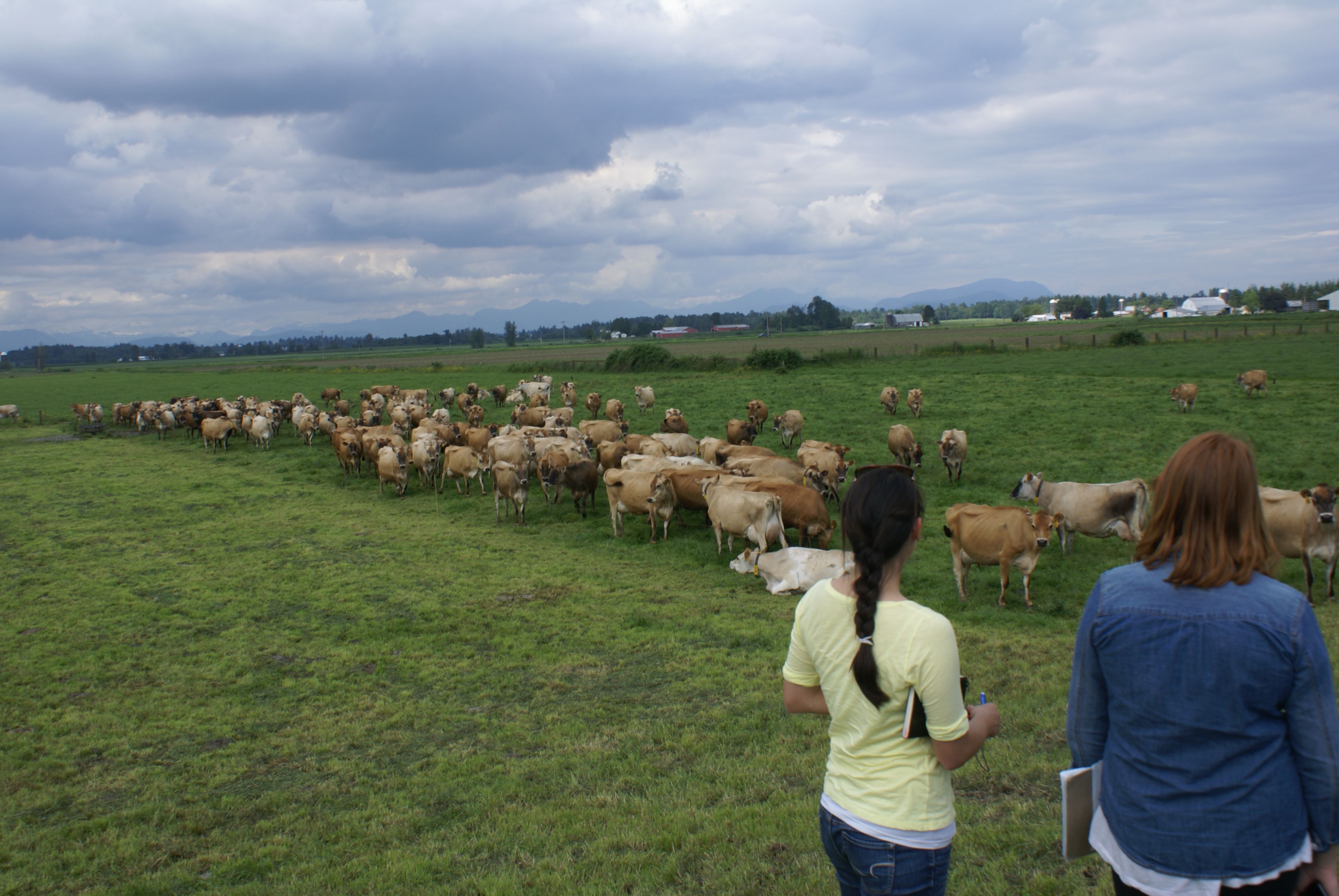ANTH 410A | ENVIR 410A | ESRM 405A
GROWING STUFF
Ecology, Economy, and Politics of Resource-Extraction Ecosystems
Spring Quarter 2017
Tuesdays and Thursdays 9:30-11:20, Denny 212
Field trips all day Fridays April 14, May 12, and May 26
Home Page
Requirements
Course Schedule
Discussion Board
Email the Class
READINGS
Introduction
Forest General
Forest Local
Forest Post-Trip
Aquaculture Ecology
Aquaculture Politics
Aquaculture Local
Dairy General
Dairy Local
Dairy Post-Trip
FIELD TRIPS
Forest Products
Aquaculture
Dairy
ESSAY
ASSIGNMENTS
Forest Products
Shellfish
Dairy
|
Essay Assignment for the Aquaculture Unit
Due to the instructor 5:00 p.m. Sunday, May 21
Write 1500-2000 words on one of the following topics:
A. As demonstrated by our readings and discussions on aquaculture for our classes during all three weeks of this unit, there has been much criticism of aquaculture, in particular pen-rising of finfish and raising high-trophic level species such as shrimp, for its various negative effects on local and regional ecosystems, and sometimes even on the whole worldwide foodweb. At the same time, aquaculture seems to be a valuable source of protein for a growing human population. Choose what you consider to be the three or four most important criticisms of aquaculture in general or of particular aquacultural practices, and discuss the extent to which shellfish aquaculture might or might not provide the same food or other benefits while avoiding the problems. Make sure you include in your assessment something about the amount or volume of food resources that could be produced by increased amounts of shellfish aquaculture--in other words, how big a contribution it might make to world food supplies before its negative ecosystem and social system effects might start to override its food benefits. In light of your assessment, what recommendations would you make for shellfish aquaculture, locally and globally?
B. Compare sustainable and unsustainable aquaculture with sustainable and unsustainable forest production. First define the way you are using "sustainable," and then compare the two resource systems along the following dimensions:
- What should producers be trying to sustain, in each case, and why?
- What factors do we need to consider in designing production to be sustainable or not?
- What is the proper role of markets, regulation, values, or other factors in promoting or retarding sustainable practices in each case?
- What are the consequences of unsustainable practices in each case?
Finally, what conclusions can you draw about sustainable resource production from the similarities and differences between the two cases?
C. As you have seen in your readings for April 27, it took 17 years for Taylor Shellfish to obtain a permit to build a new set of mussel rafts in Totten Inlet. Consider all the ecological, economic, and social arguments on both sides of the issue, and on the basis of these, explain why, if you were on the SHB, you would or would not have voted with the majority to approve the new mussel rafts.
D. At present, there is no news on the controversy over many oyster farmers' requests for a permit to spray imidacloprid to control burrowing shrimp in the oyster beds of Willapa Bay and Grays Harbor. The state department of Ecology originally approved a permit, but then the pesticide was never sprayed because of objections from quarters ranging from environmentalists to muckraking journalists to Seattle's famous chefs. Is there any reason the spraying should go ahead? What are the real risks of spraying or not spraying? What principles would you use if you were the officer at Ecology in charge of this case?
E. We have seen graphically from the readings on shrimp culture in China by Feigon and Huang that a desire to gain maximum profit from aquaculture can lead to unsustainable practices. Briefly state the general ecological principles that are reinforced by this sad example, and then consider whether Taylor Shellfish Company's expanding cultivation of geoducks in Puget Sound, which you saw on your field trip on Friday, May 12, might run into similar "laws of nature." How would you determine how much geoduck cultivation would be too much? Could you estimate this carrying capacity early enough to prevent a fishery collapse? What form might a collapse take? Remember that a fishery, as a social activity, could collapse not only from a disease, but also from a lack of nutrients, from social opposition, or from competition from other crops or other industries. Finally, what might cause geoduck farmers to overstock their farms?
|
|


